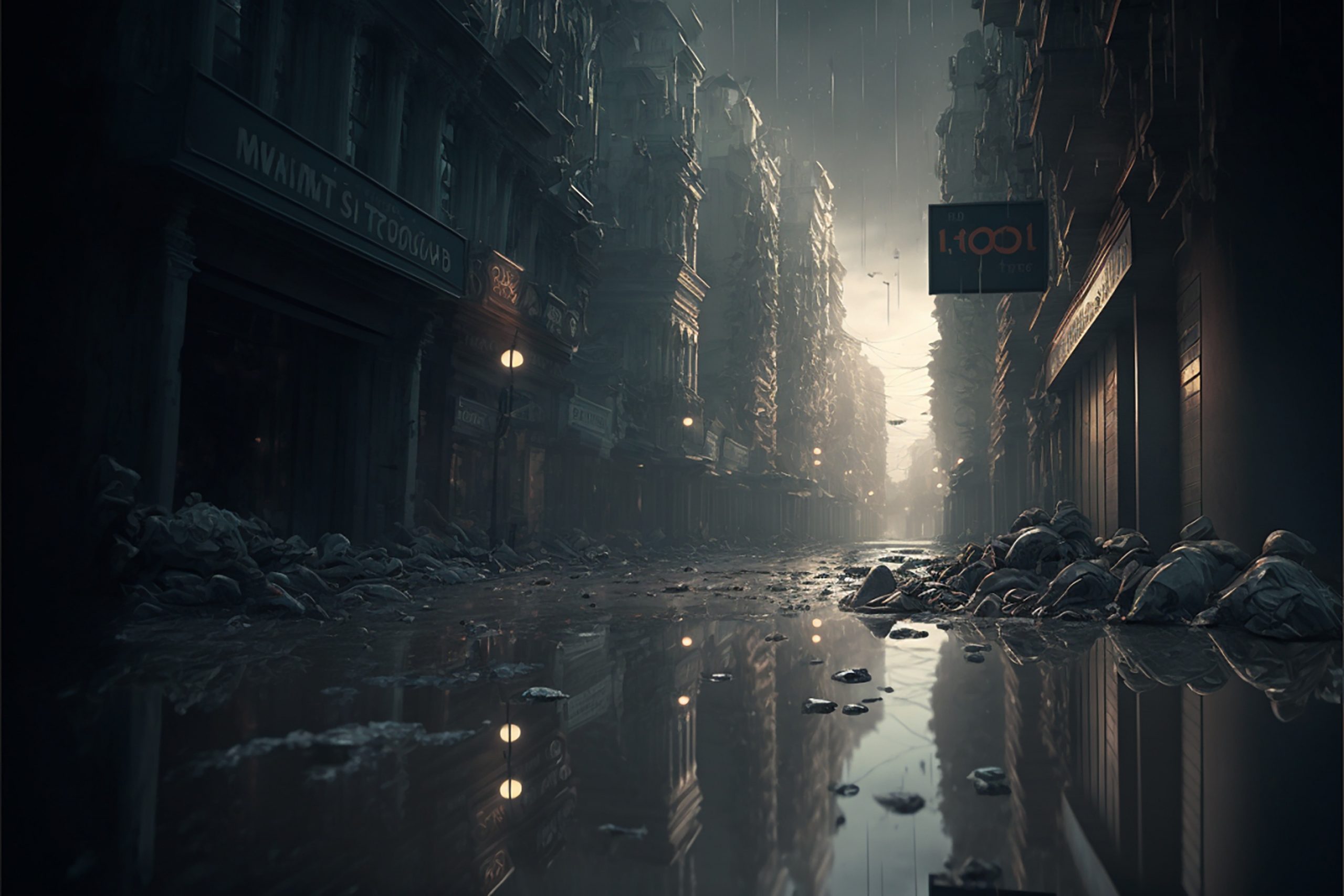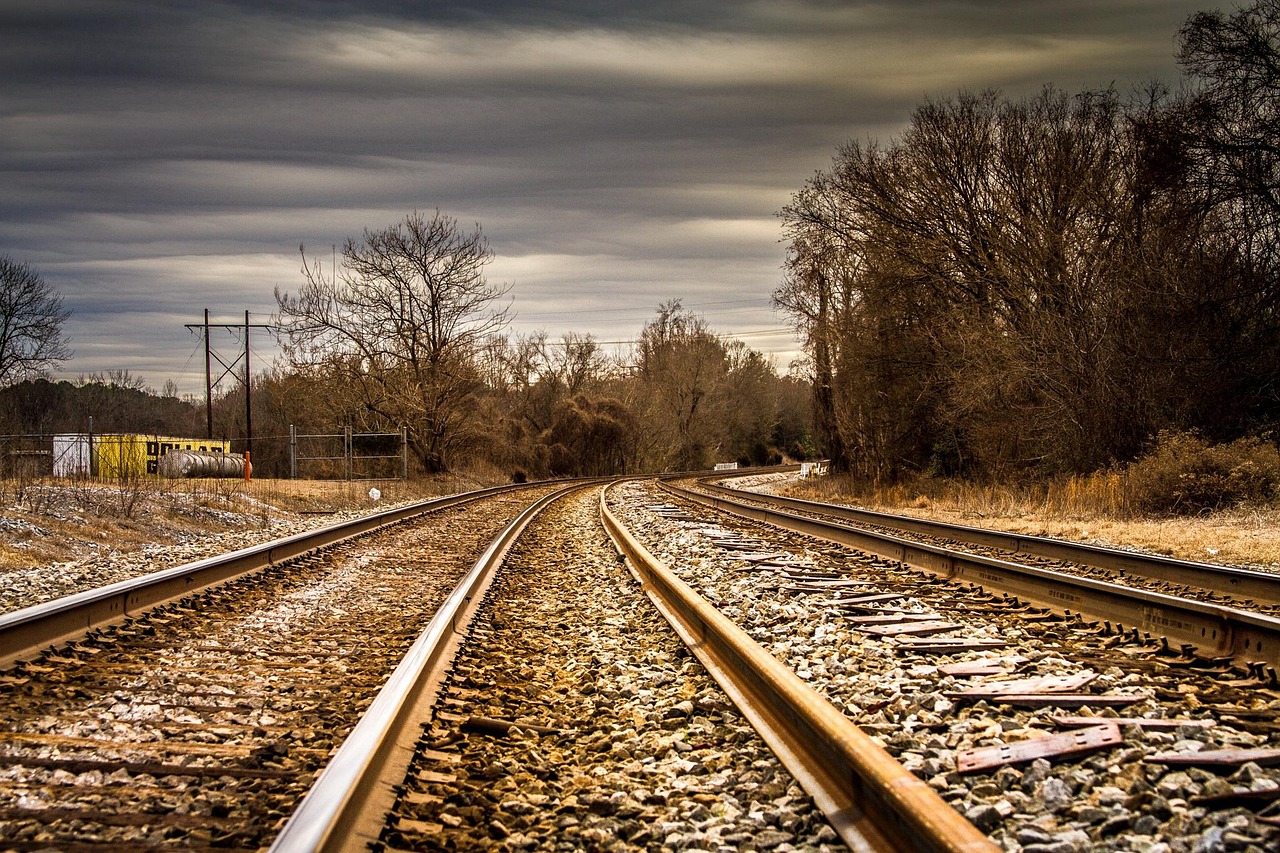A hive of street sellers line the side streets pushing their wares to the visiting tourists and dignitaries. They sell the beautifully sticky sweet delicacies that had been famous in this area before the great burn. The sellers are all huddled together in makeshift stalls, backlit by the neon lights that surrounded the top of the wall that segregated this place from the devastation beyond the walls.
The scene is reminiscent of 21st Century Asia, for those with long memories it could have been mistaken for a side street in the hustle and bustle of Thailand. But it’s not the twenty first century anymore, and in fact Thailand as it was known then no longer exists.
People saw the orange of the flames first and heard the crackle of destruction, before the smell of horror was emblazoned in their noses. The big burn came out of nowhere, demolishing homes and work places, displacing people with ferocity and without bias.
At the time people became focused on their own problems. Every action, every thought was centred around survival, and to do that successfully everyone adopted a me, myself and I attitude. No one could be punished for being selfish, the reality of Maslow’s Hierarchy of Needs meant that people needed to be selfish to simply survive.
But not everything was as it first seemed, once the dust settled and people took a step back they started to see the new world around them. It became clear that the big burn had not destroyed everything, in fact its targets had been selective.
It cleared out entire districts of people, turning the buildings to ash and ruins. The destruction pushed millions of people into the temporary camps that lined the lakes and rivers.
That was five years ago, now from the camps the blast of bright lights still shine brightly in the distance. The camps developed into permanent dwellings for those poorer people and every night as the twinkle of the neon lights shone over them they were reminded of their place in this new world.
The way the old timers tell it after the initial shock wore off a few intrepid explorers went to investigate what lay beyond the camps in the ruins of what had once been home.
What they found was a monumental divide, in contrast to the terrible conditions in the camps the rich and powerful had successfully segregated themselves inside areas of the old town. They had erected tall protective walls to control the flow of people into their sanctum.
For the brave few who made it inside and back to tell the tale, they described the luxury of running water, basic sanitation, a supply of fresh food and even electricity to power the lights at night.
The people who warned of separation and segregation were labelled as activists, hoodlums and criminals. The governments and people of power wanted to maintain order, and, some argued, retain their elitism.
Yet for those living in the camps, which over the years moved from temporary to become permanent settlements – the question remains – where is civilisation now?


